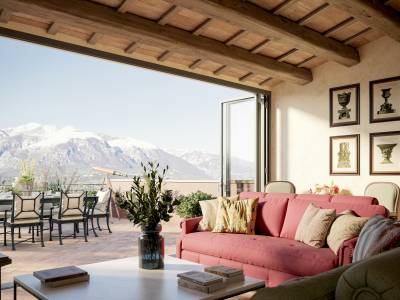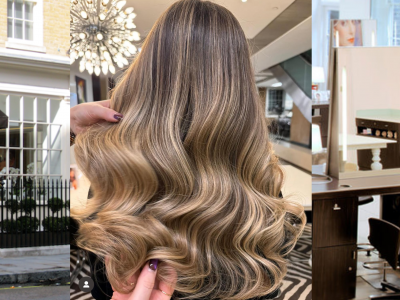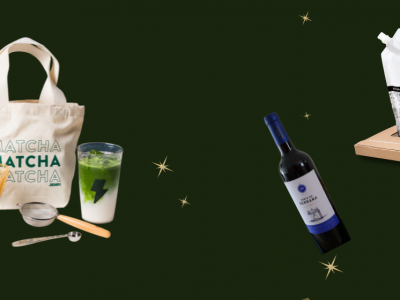From buying pre-owned Chanel on Vestiaire Collective to sharing your Sunseeker on Uber Yacht, the ‘what’s mine is yours’ ethos has wriggled its way into the highest echelons of luxury living. Sharing is no longer a needs-must thing; it chimes loudly with the way many people — especially the alternative-thinking, digital- native Gen Z generation — want to live. We’re lapping up designer co-living and co-working schemes. So why not co-own our holiday boltholes too? Of course, co-owning holiday homes has existed for ages. The Americans have been all over it since the 1990s and fractional ownership of U.S. vacation homes rose by 20 per cent in 2023, according to Pacaso (pacaso.com/uk), the holiday home co-ownership platform that became the fastest US company to achieve unicorn status (a $1bn valuation) within five months of launching in 2020.
How Co-Owning Luxury Holiday Homes Is Changing the Way We Travel
12th June 2025
Why have just one luxury holiday property when you can enjoy multiple? Thanks to the rebooted and updated trend of co-owning, savvy investors are enjoying dream vacation homes for a fraction of the cost.
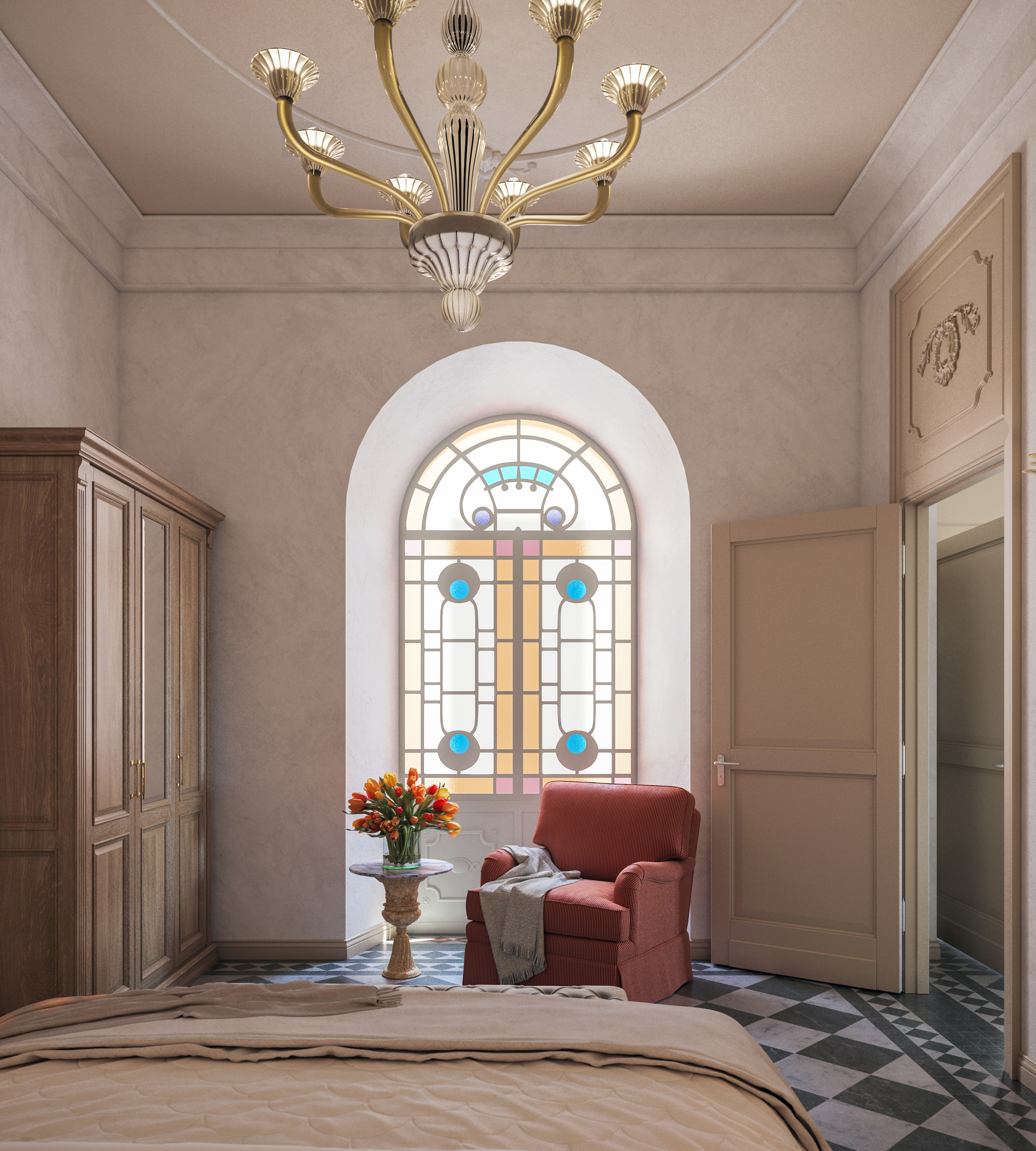
But in this new era of share-o-mania, some major players are making fractions cool. “Various trends play in our favour,” comments Joey Byrne, Pacaso’s London-based director. “Sustainability is key. Having multiple owners means the properties don’t sit empty. High interest rates and steep buying costs are making people rethink buying a whole home and rightsizing instead. “Experience is also a big factor. You aren’t tied down to one property,” adds Byrne. “Some buyers are drawn to owning a piece of several properties — a ski home in Aspen, an all-year-sun one in Mexico and a city dwelling in Paris for the culture and cuisine — and they can trade their weeks to explore new places.” London is one of the newer additions to Pacaso’s portfolio of co-owned holiday homes in 40 global locations. The central, old money postcodes are the bankers, including Mayfair, where you can buy a 1/8th share for £1.31m in Three Kings Yard, a rare new-build development near Claridge’s.
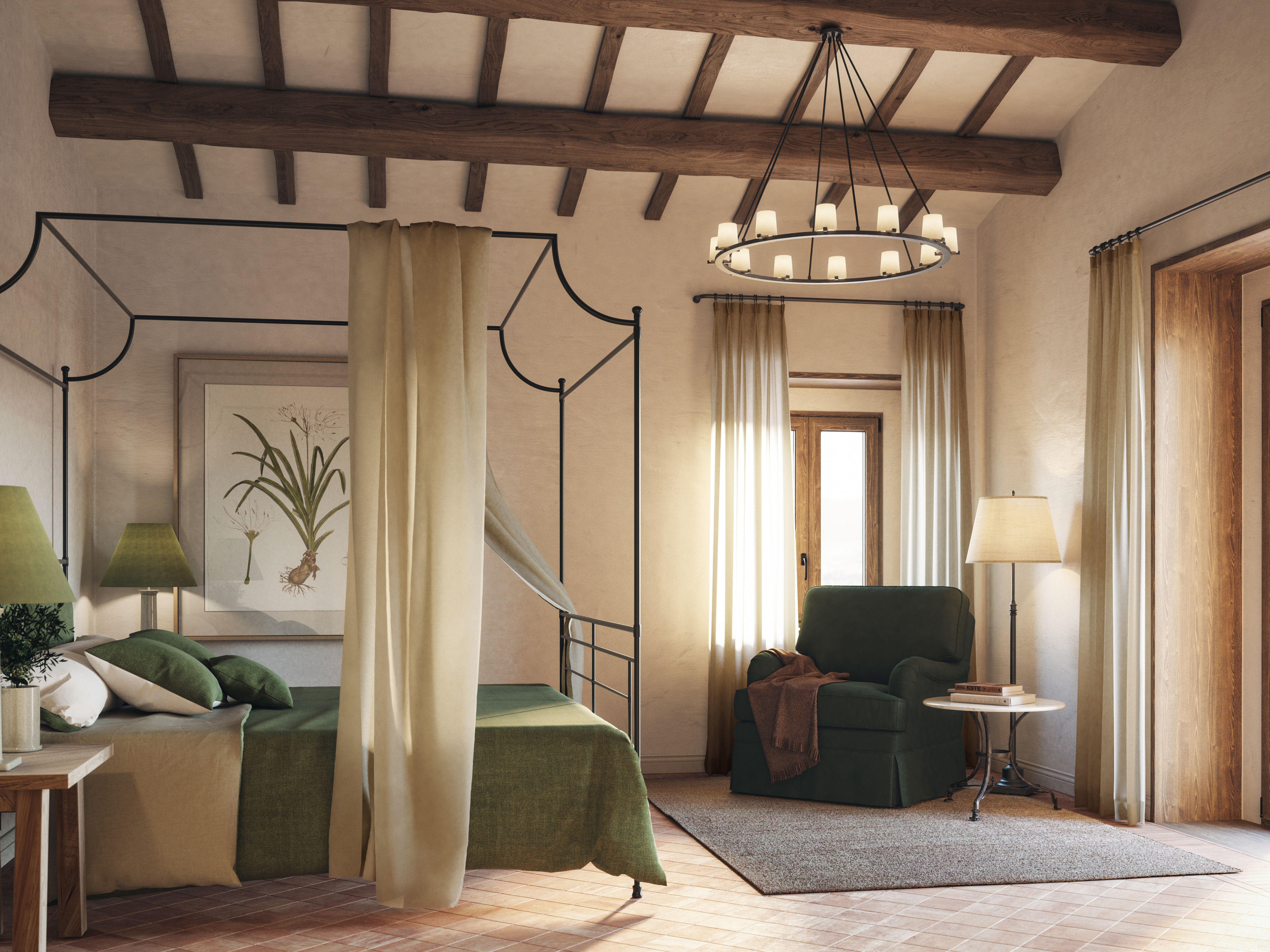
“The location is AAA; it’s Mayfair’s only gated street, and we bought the property before it went on the market,” says Byrne. “We sold seven shares before we even closed on the purchase, and the first owners were in there a couple of weeks after completion.” Nearby, you can also acquire 1/8th shares in a three-bed, duplex penthouse in a period townhouse on Queen Street for £2.16m. Behind the scenes, Byrne is cultivating relationships with agents and developers to get access to new inventory before it hits the market. Then the process is quick and easy for buyers. Most buy a 1/8th share, which allows for six weeks of annual usage, but you can buy up to half the shares in a property. Financing is available and you can tie up a sale in a week.
What buyers particularly appreciate about city properties, says Byrne, is that feeling of cultural immersion. “We’ve got to know all the local pubs, galleries and bakeries, walking everywhere and feeling like locals when we stay there,” says Alison Davis, who is in her early 60s and lives in San Francisco’s Bay Area. She has invested in a three-bed flat in London, where various family members live. “We’ve owned several second homes, but we’ve only ever used them for six to eight weeks a year and had all the upfront expense, the hassle of furnishing, and all the ongoing costs of repairs, taxes and maintenance. We far prefer the fractional model,” Davis adds. As for where next in the UK for Pacaso, there’s only one place on Byrne’s radar. The Cotswolds. “It’s a no-brainer — the London market is fuelled by US demand and London is the feeder market to the Cotswolds,” he says. August, a European co-ownership platform that is another high-profile entrant in the market, is already there. Their buyers come from 80 countries, and they span the age ranges, “purposefully,” says Mélie Dunod, August’s chief executive and co-founder, “so you don’t have all the shares in one property owned by families who all want to use it during the school holidays.”
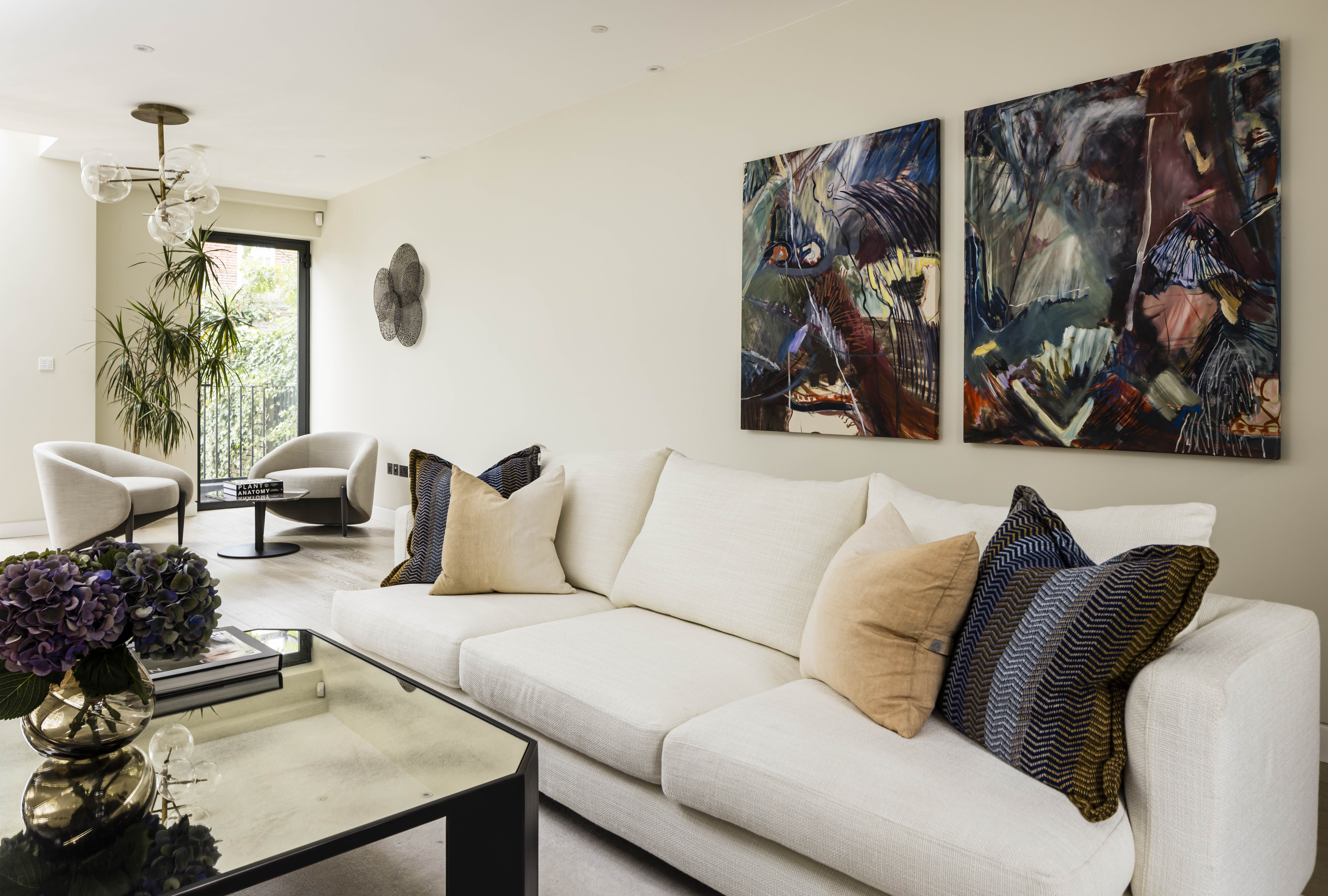
Along with a handful of properties within a well-heeled tranche of London between South Kensington and Notting Hill, August has 10 houses in prime Daylesford Organic country, around the quintessential Cotswolds villages of Kingham, Little Minster and Moreton-in-Marsh. Prices start at €405,000 for a 1/21th share. “We never buy new. We look for authenticity. We go for something old and transform it,” Dunod says. “It was a nightmare getting planning permission to fully transform Little Manor,” she adds of a sprawling Grade II listed stone house in the village of Blockley with its original Aga, freestanding bathtub and roaring log fire. But buyers lap up the finished Cotswolds dream. “It felt like home straight away,” comments Surrey-based buyer Victoria Addison of another August Cotswolds property — a cottage in Aldsworth that features handmade India yellow kitchen cabinets and a rustically imperfect wooden dining table.
“Tom can work from the Cotswolds and nip back to London for meetings,” she says of her husband, who works for a digital media company. “I run a start-up, so I can work remotely while the kids enjoy the local water parks and paddleboarding. And it gives us five homes,” she says of their investment — a 1/21th share costs €435,000, with the use of other homes in the French Alps, the South of France, Tuscany and Mallorca. So how does August choose where to invest in next? “There are strict criteria,” says Dunod. “Each property must have certain authentic features, space, style and location. It’s not just which village or which street, but which side of the street. London needs to be elegant and sophisticated with high ceilings but not too classic, plus fun with many cultural influences. The Cotswolds properties must have a retreat feel, with earthy back-to- nature materials, playful patterns and dining tables made from farmhouse doors.” Handmade and local are part of the ethos.
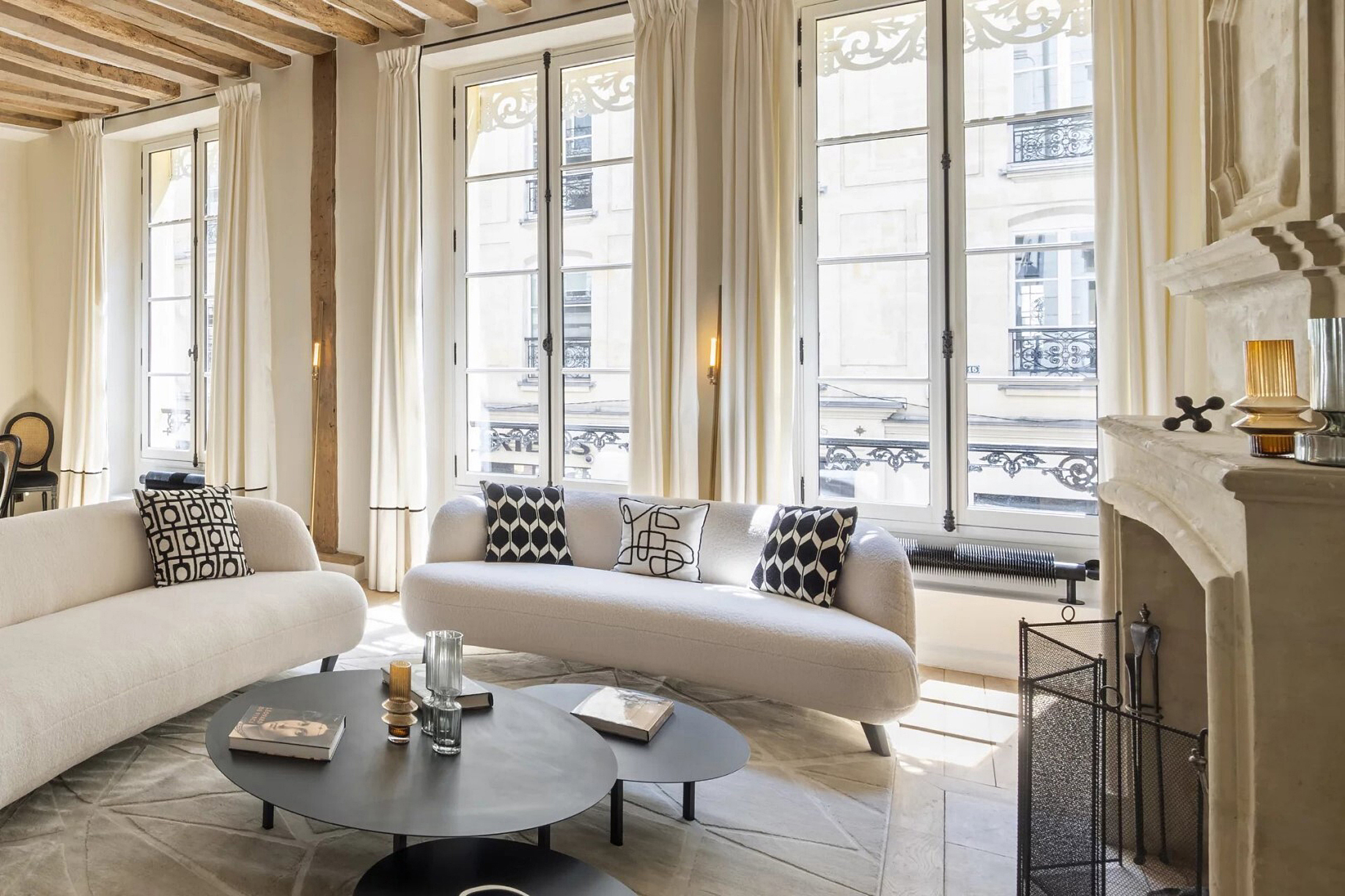
Dunod sources decorative pieces from antique shops, charity shops and markets. August has designed a bespoke scent for each location too. And hip young artist Coco Capitán is designing one-off art pieces for properties in Paris, London, Rome, Barcelona and Cannes. Others in this luxury niche are bringing high-end bespoke properties, value for money and no discernible compromise. “We enable buyers to spend less of their capital on the acquisition and running costs while still getting the same use of the home they would likely get if owning it outright,” says Andre Berger, founder of Lazazu, which offers 1/8th shares in beautiful properties in prime spots on the Côte d’Azur and the Balearics ranging from around €150,000 to €1.06m. It’s a model that makes sense for developers and buyers too. “Developers don’t want a lower class of owner, but they want people who will pay less because they will use the property less,” comments Bill Thomson, head of Knight Frank Tuscany.
He’s selling resale shares from around €500,000 for a one-bedroom residence in Palazzo Tornabuoni in Florence — 15th century home to the Medici; 21st-century home to wealthy international buyers who own a share of fresco-filled, Four Seasons-managed properties in a prestigious city centre palazzo with five-star amenities. The one drawback, says Thomson, is that you can’t use a fractional purchase to apply for residency. “But fractional is perfect for people who can’t spend enough time there to justify full ownership,” he says. “At Tornabuoni, you arrive and feel like you own the palazzo. Then you leave with no worries. Ownership is easily transferable, you can leave it in a will, and your investment will hold its value.”
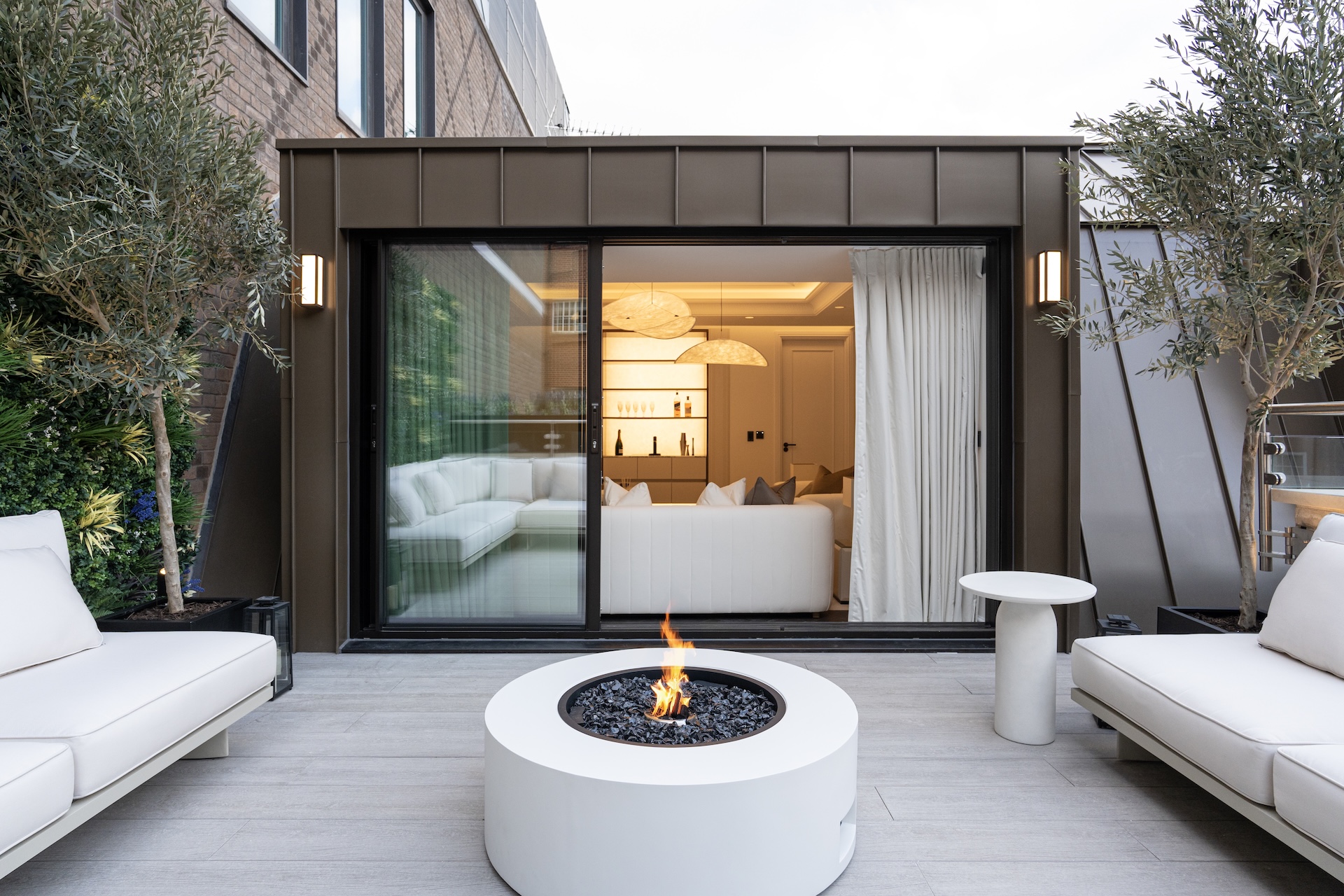
Hoping to emulate its success is Palazzo Ricci in Italy’s Abruzzo region, when its epic five-year renovation is completed in late 2025. Selling fractions in an 18th-century palazzo like this — which has been abandoned for decades — brings new life to a piece of history that would be ruinous for any individual to repair. Even selling full ownership apartments wouldn’t stack up for the developers Viaggio Resorts, says Valeria Milano, Palazzo Ricci’s sales director. Instead, a third of the shares have sold a year before the palazzo opens its doors, and they include digital nomads and young families, says Milano. “There were waterfalls inside when we found this palazzo. Soon it will be a place where owners can relax and enjoy the authentic Italian lifestyle in a location that is wellconnected to everywhere in Italy,” she adds. Shares in its 14 residences cost €89,000— €340,000 (which allows a minimum of 5.5 weeks usage a year), and buyers choose a ‘class’ of residence — rather than a specific unit — which gives them the flexibility of using various properties within the palazzo.
“They each get a large storage space so they can leave their possessions,” Milano adds. Owners also have five-star amenities on tap, including Roman baths and a gym, and as part of the Elite Alliance network, they have access to a further 135 exchange properties globally. Fractions never used to be fun. But that’s old-school thinking. The new players in the market are showing us that there’s a new way to make the maths work.
